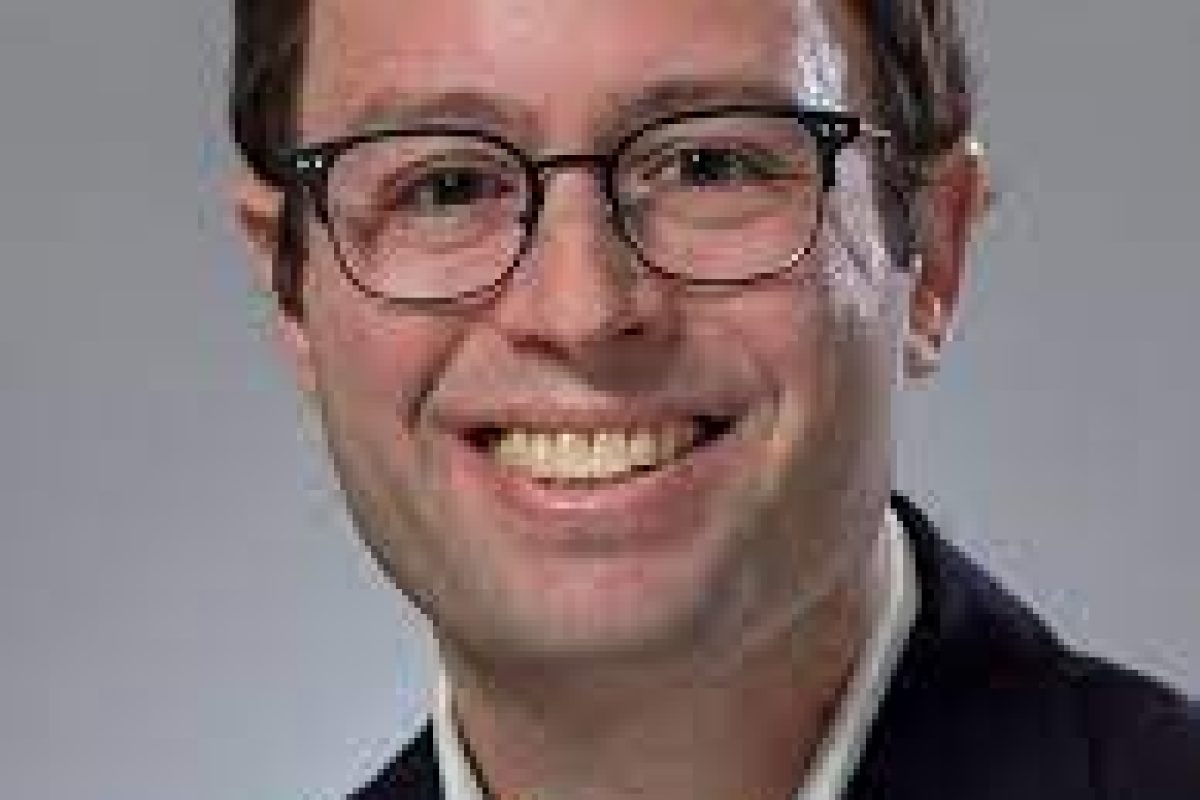SAGA Member News
- ASA recently published a perioperative brain health initiative that was chaired by SAGA members Lee Fischer, MD; Stacie Deiner MD; Roderic Eckenhoff, MD. This is a multidisciplinary approach to optimizing the cognitive recovery and perioperative care of older patients undergoing surgical treatment. For more information, you can visit: https://www.asahq.org/brainhealthinitiative.
- Geriatric Anesthesiology was recently published, which was edited by J.G. Reves, Sheila Ryan Barnett, Julie R. McSwain, and G. Alec Rooke.
- Perioperative Care of the Elderly Patient, edited by Sheila Ryan Barnett and Sara E. Neves, was recently published.
- New quality reporting metrics developed for geriatric patients’ perioperative cognitive function testing in elderly patients (MiraMed QCDR).
- The Journal of Anesthesia and Analgesia has a geriatric section edited by Robert A. Whittington, MD, SAGA Member.
- The 2018 IARS meeting will feature a combined IARS/SAGA session at the annual meeting in Chicago, Illinois on April 28th – May 1st, 2018.
- SAGA Symposia: Perioperative Care of the Frail or High-Risk Older Patient: Current and Future Directions
- SAGA Workshops:
- Interactive Boot Camp for Brief Perioperative Cognitive Assessment
- Your Patient has Memory Problems: Now What?
- SAGA Refresher Course Lecture: The Dementia Brain: Considerations for Anesthesiology
- SAGA donated $2000 to the Foundation of Anesthesia Education and Research.
Congratulations to Mark Neuman!
Dr. Neuman, SAGA Secretary and Assistant Professor of Anesthesiology and Critical Care at the University of Pennsylvania has been awarded the 2015 ASA Presidential Scholar Award. Mark has used his training in health policy and outcomes research to study perioperative outcomes using large databases. Much of his work has centered on the older patient population. News of the announcement was made by Lee Fleisher in an editorial in Anesthesiology. Mark is also the current Chair of the ASA Committee on Geriatric Anesthesia.
FAER ASA Panel focuses on the aging brain.
The 2008 FAER Panel at the ASA Annual Meeting in Orlando was “Anesthesia and the Elderly Brain: What the Anesthesiologist Needs to Know”. The speakers and talks were Jeff Silverstein: “The Graying of the Surgical Patient: Trends You Need to Understand”, Chris Jankowski: “Why Can’t I Remember Where I Put My Car Keys? What Happens to the Older Brain?”, Fritz Sieber: “Postoperative Delirium in the Elderly: Does Anesthesia Care Play a Role?” and Deb Culley: “Postoperative Cognitive Dysfunction: Is It the Surgery or the Anesthesia?.”
Terri Monk, former SAGA President, gave the Rovenstine lecture at the 2003 ASA meeting.
Entitled “Postoperative Cognitive Dysfunction: The Next Challenge in Geriatric Anesthesia”, the talk reviews one of the most serious problems facing elderly patients having major surgery.
Download a PowerPoint copy of the slides from the Rovenstine lecture. (just less than one megabyte)




